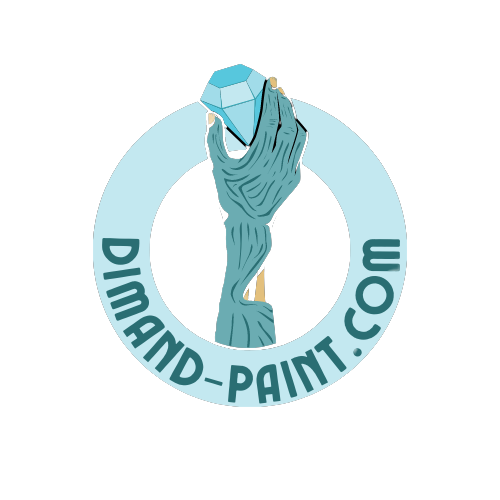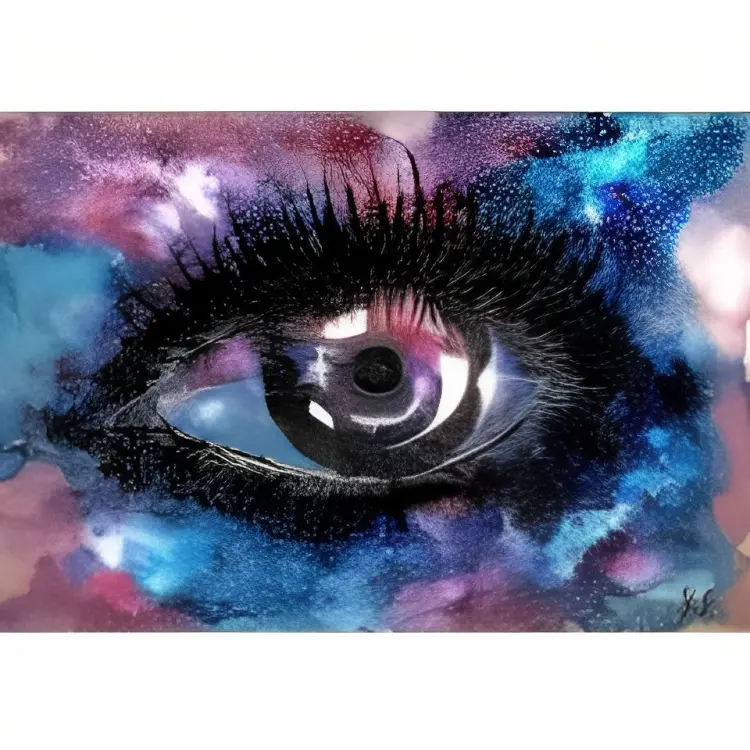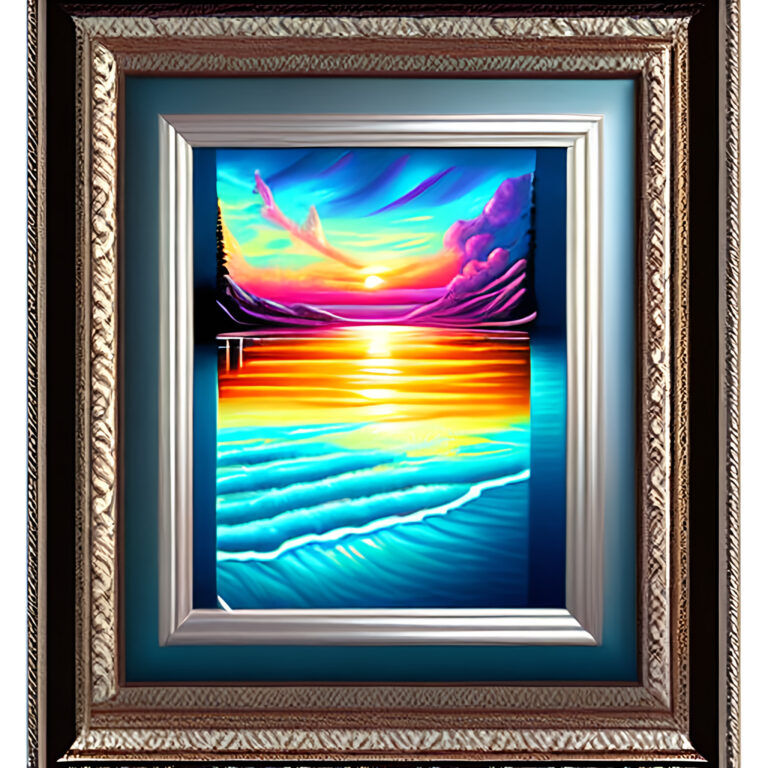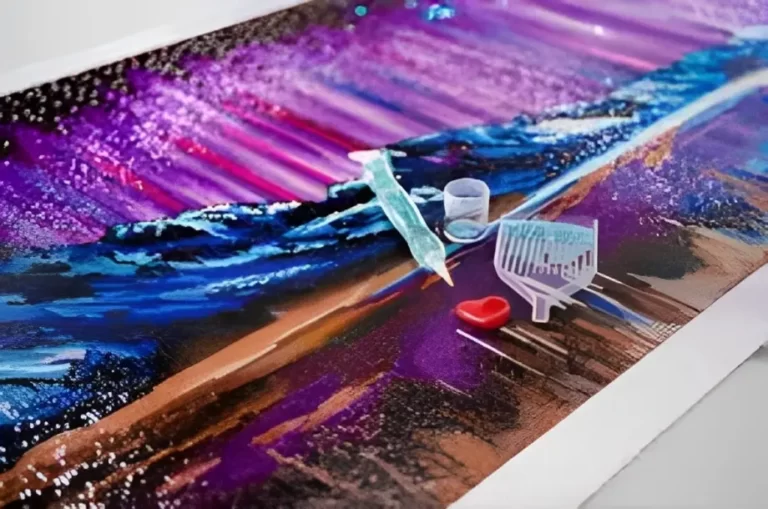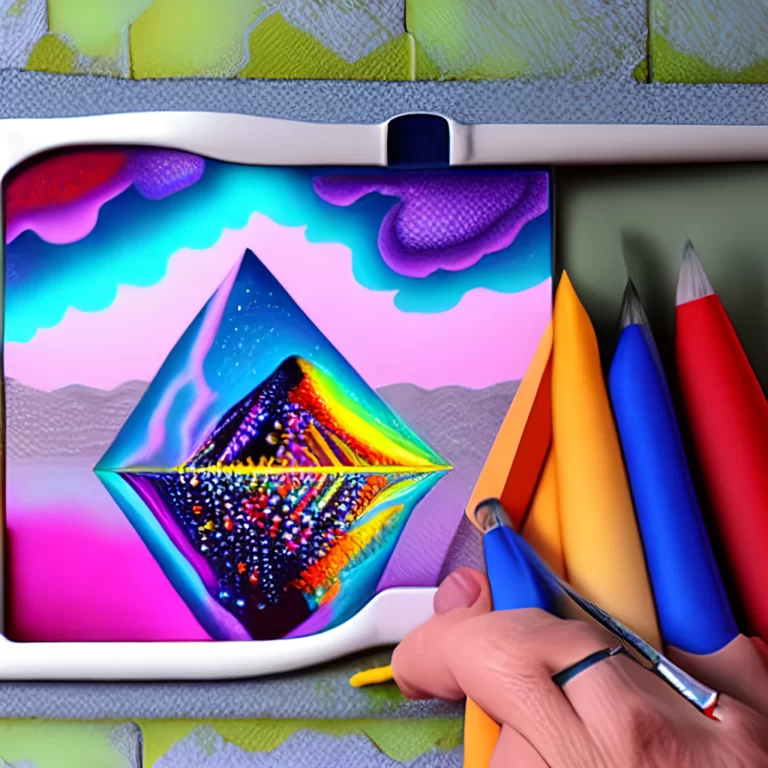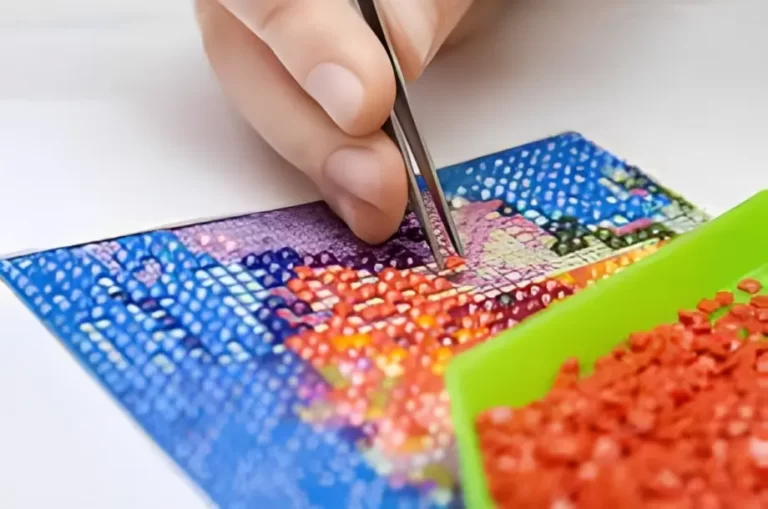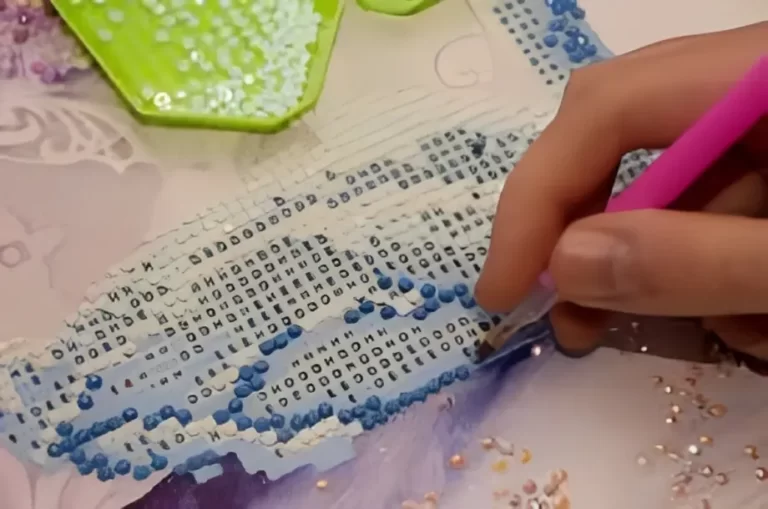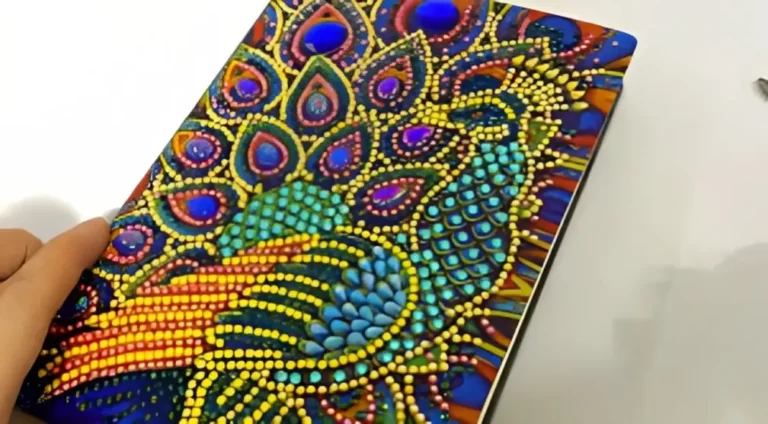What Kind of Glue Can Be Used for Diamond Painting?
Diamond painting is a popular craft that involves placing small diamond-like resin drills onto a canvas to create a sparkling and vibrant image. As you complete your diamond painting, it’s essential to secure the drills in place to ensure the longevity and preservation of your artwork. One crucial element in this process is choosing the right glue to seal your diamond painting. In this article, we will explore different types of glues that can be used for diamond painting and discuss their pros, cons, and recommended options.
What is Diamond Painting?
Diamond painting is a popular craft that combines elements of cross-stitch and paint-by-number. It involves using small resin drills, often with a faceted surface, and placing them onto an adhesive canvas to create a stunning piece of artwork.
Importance of Gluing Diamond Paintings
Gluing your completed diamond painting is crucial as it helps secure the drills in place, preventing them from falling off or shifting over time. Gluing also adds a layer of protection to the finished artwork, ensuring its durability and longevity.
Considerations for Choosing the Right Glue
When selecting a glue for diamond painting, there are a few factors to consider:
Types of Glue for Diamond Painting
Glue Pens
Glue pens are specially designed for diamond painting and provide a convenient and precise application. They typically come with a fine tip that allows for easy and controlled dispensing of the glue onto the drills.
Gel-based Adhesives
Gel-based adhesives, such as Diamond Glaze or Gem Tac, are popular choices for diamond painting. They have a thicker consistency, which helps prevent the glue from seeping under the drills and affecting their sparkle.
Craft Glue
Craft glues, such as Mod Podge or Aleene’s Original Tacky Glue, can also be used for diamond painting. These glues are versatile and readily available, making them a convenient option for many crafters.
Fabric Glue
Fabric glues, like Aleene’s Fabric Fusion, can provide a strong bond suitable for diamond painting. They are designed to adhere well to various fabrics, including the canvas used in diamond painting.
Epoxy Resin
Epoxy resin is a durable and long-lasting adhesive option for diamond painting. It creates a strong bond and provides excellent protection to the artwork. However, it requires careful mixing and curing processes.
Pros and Cons of Each Glue Type
Glue Pens:
Gel-based Adhesives:
Craft Glue:
Fabric Glue:
Epoxy Resin:
Recommended Glue for Diamond Painting
Based on the considerations and pros and cons discussed, a popular and recommended glue for diamond painting is Gem Tac. It offers a strong bond, dries clear, and provides good protection for your artwork. Other recommended options include Diamond Glaze and Aleene’s Original Tacky Glue.
How to Apply Glue for Diamond Painting
To apply the glue to your diamond painting, follow these steps:
Tips for Gluing Diamond Paintings
Conclusion
Choosing the right glue for diamond painting is essential to ensure the longevity and preservation of your artwork. Consider the adhesive strength, transparency, flexibility, and compatibility when selecting a glue type. Glue pens, gel-based adhesives, craft glues, fabric glues, and epoxy resin are all viable options with their own pros and cons. Remember to follow the application instructions provided by the glue manufacturer and take necessary precautions during the gluing process. With the right glue and proper application, you can secure your diamond painting and enjoy its beauty for years to come.
